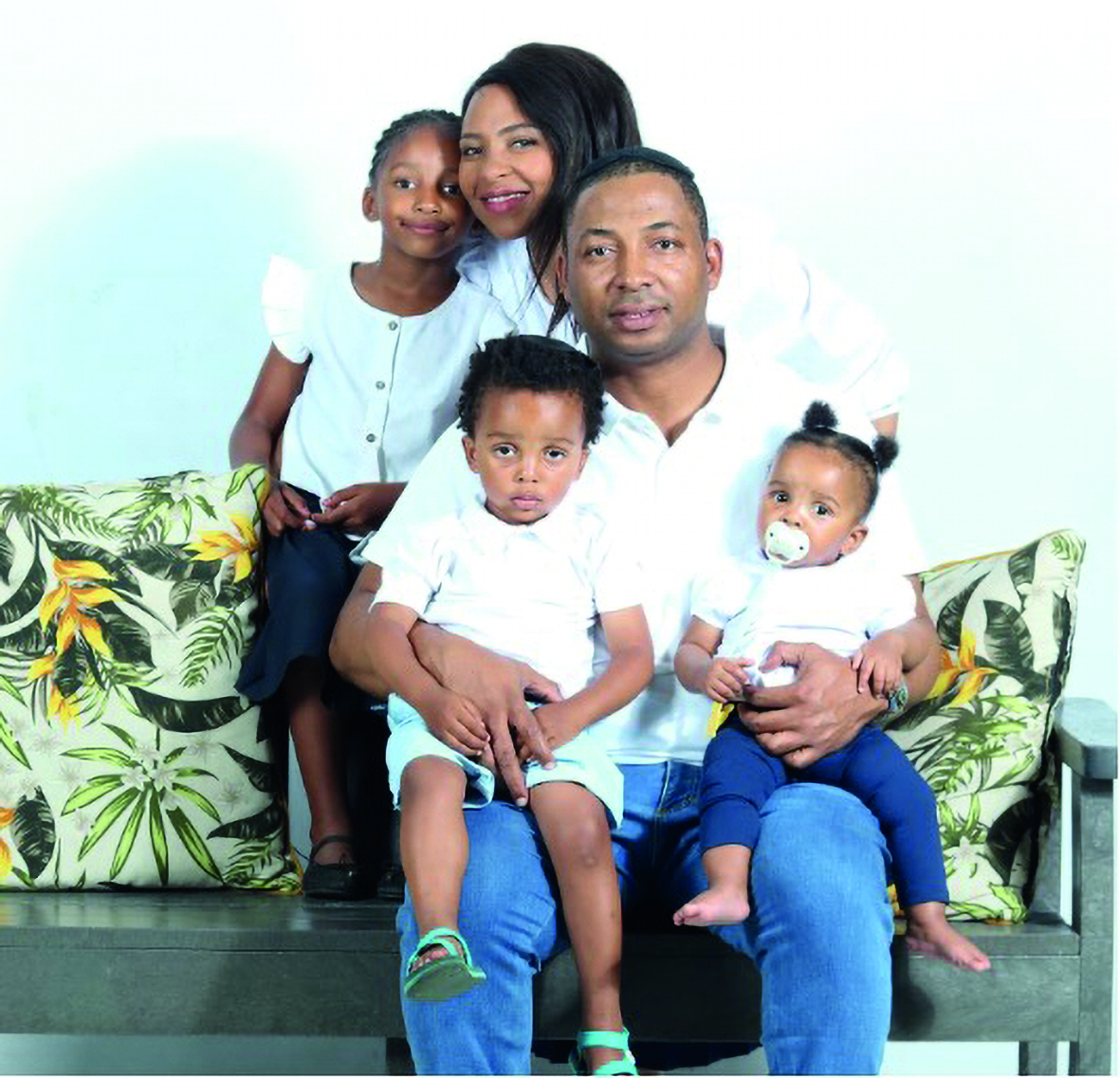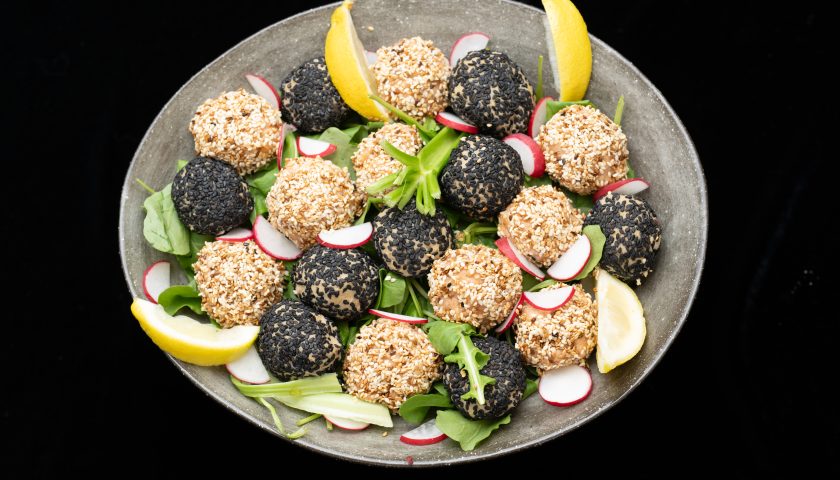The Conversion Conversation in South Africa
By: David Sacks
“You never can tell.” Thus reads the working subtitle of an in-progress book by Rabbi Ron Hendler recounting some of his stand-out experiences in guiding people through the conversion process in South Africa. “Because you really never can tell,” says Rabbi Hendler, “I can show you people who went through journeys that are beyond belief. Some are amazingly committed while others have chucked it all up. It’s impossible to know how things will turn out.”
Why do people choose to convert? What backgrounds do they come from and to what extent are they involved after completing the process? And have there been any shifts in terms of numbers, the kind of people who have undertaken the journey, or in how the Beth Din supervises and guides those accepted onto its conversion programme?
As the Beth Din’s long serving Registrar of Conversions, no-one is better placed to answer these questions than Rabbi Hendler. He has held the position for more than two decades, having succeeded Rabbi Barney Bender following the latter’s passing in 2003. Prior to this, he had already been involved in conversion-related work, specifically in helping to revise and restructure the learning and teaching system for those in the programme. In recent years, a broad-ranging carefully thought out syllabus has since been put together, with the considerable involvement of Rabbi Thurgood in Cape Town. As opposed to how things were done in the past, where prospective converts were expected to study on their own, the programme includes formal classes (both in person and online) enabling candidates to engage with and support one another in a more structured setting. Rabbi Hendler stresses that the aim of the expanded programme was not to encourage conversions but rather to assist only those who were already registered and in the active process of converting.
In terms of numbers, from 2020 to 2024 there were fifty new converts. Rabbi Hendler points out, however, that the numbers were somewhat depressed because of Covid and that usually there were around twenty per annum. Based on statistics for the past several years, Rabbi Hendler observes that the great majority of those who have converted continue to be strictly observant. Going back further it was harder to know. Much thought and effort now went into preparing converts for their new life, including to ensure, as much as possible, that they live among religiously observant Jews. “If they’re in a religious community and there’s learning going on, there’s a 99% chance that they’re going to be religious twenty years later. If they’re in a secular community, there’s a 99% chance that they won’t; it’s as simple as that,” Rabbi Hendler says.
A major challenge confronting many converts is finding shidduchim. As Rabbi Hendler’ sees it, it was exceptionally difficult for most people living on their own to remain observant. The problem of loneliness did not arise when whole families were involved, although other difficulties might surface. One was that the children were not always on board and might resent being dragged by their parents into something they might not have chosen for themselves. This, of course, varied from family to family.
It is often asked why the conversion process takes so long and why the Beth Din appears to make things so difficult for prospective converts. Is there, for instance, a requirement that people be turned away at least three times before being accepted onto the programme? Rabbi Hendler confirms that there is indeed such a tradition, even if the Beth Din was not strictly bound to adhere to it. “We don’t necessarily formally turn people away, but we do take our time and do require certain assurances from those that approach us that they are serious,” he says. “One of the things they must do before we even consider accepting them is to start learning to read Hebrew, which requires a great deal of commitment.”
It was for a long time exceedingly rare for prospective converts to come from outside the white community. The situation has appreciably changed, however, so that the profile of those who have completed or are currently in the process today is much more reflective of the demographics of the country. A number are not even South African-born but hail originally from other parts of Africa. One is Yehuda Yisrael who, with his wife Sara Gila and children Rivka Zohar and Ezra-Yisrael, completed his conversion in March 2022. Growing up in Nigeria, Yehuda had no inkling that he would one day begin this journey. He had never met a Jew and felt distanced from the Christian faith in which he was raised. That began changing after his arrival in South Africa in 2009. His uncle was pastor of the “Image of God” church, and Yehuda became involved in that congregation. He nevertheless had many questions about Christianity. In his words: “Nothing was making sense or resonating with me; I didn’t feel any substance.” When his uncle took the momentous step of closing his church to launch a Noachide congregation, he readily joined him. That led to his learning more about traditional Judaism and in due course beginning to introduce aspects of those beliefs and practices into his own life. To the degree he was able, he began keeping Shabbos and kashrus and devoted himself to learning Hebrew. One seminal moment for him during this time was being told by an observant Jewish friend that he was (spiritually speaking) “in exile”. Another was learning about how a verse in Isaiah had been misinterpreted by Christians to ‘prove’ that the coming of their messiah was prophesised in the Jewish scriptures. “That was one of the moments when I realised I needed to stop everything I was doing and focus on becoming Jewish,” he recalls.
Kalev and Megan Ruth Wilson, with their children Ahuvah and Eli, are another family that completed their conversion a few years ago. Kalev says he grew up in “a very strict Christian home”, but after leaving school began to seriously question what he’d been taught to believe. “It all didn’t make sense to me anymore and I just decided, no, I’m going to move away from it.” he says. “I then did some research on Judaism and left everything of Christianity.” As is frequently the case, leaving the Christian faith did not immediately lead to a definite decision to become Jewish. In the Wilsons’ case, that was still some years into the future. Instead, they set about learning about the Jewish religion, studying Hebrew and incorporating Jewish practices into lives. This was the environment that their children grew up in, so that they never knew anything else. A major step forward once the decision to formally convert was made was relocating to Glenhazel. “Once you’re in the community, it’s completely different,” says Kalev. “You don’t really understand what living life as an Orthodox Jew is about when you’re outside of the area. It’s not just about the religion itself but also being part of the community.”
“You can see the things written and prophesised about unfolding in front of your eyes.”
Like Kalev, Benayahu (Ben) Wesseloo also grew up in a strictly Christian home – in his case in Pretoria. The family has a long and close association with the local Jewish community. Benayahu’s great-grandparents are listed among The Righteous of the Nations for saving Jewish children during the Holocaust in the Netherlands, and the family are regular guests at Yom Hashoah. Benayahu was indeed keynote speaker at the 2024 Pretoria ceremony. For Ben, it was his stay after school in Israel, where he spent a year volunteering for the Christian Zionist organisation Bridges for Peace, that lit the spark. “I grew up in a Bible-believing home, where Bible teachings were pretty much drilled into us. When you see the restoration of the Land of Israel and the returning of the Jewish people you realise ‘this is actually happening in my time’ – you can see the things written and prophesised about unfolding in front of your eyes. I felt that I didn’t want to be standing and watching; I wanted to be a part of it,” he says. Together with his wife Shifra, whom he married in Johannesburg last December, Ben recently moved back to Pretoria and is now actively involved in the local Jewish community.
There may be commonalities, but every convert has a different story to tell. What distinguishes the case of Daniel ‘DJ’ Badenhorst from those above is that not only did he not come from a traditional Christian background, but the opposite was true. “I was raised in what was basically an atheist home. When I went to university and started asking questions, about life and so on, I came to the realisation that G-d indeed exists, but even knowing this I was still confused.” What changed DJ’s life was meeting Bianca. She was from a traditional Jewish family affiliated to the Waverley shul and the first Jewish person he’d ever met. The relationship quickly developed, and after a time DJ made the decision to convert. In November 2022 he was accepted onto the conversion programme but long before that he set about assiduously learning about and practising Judaism, including studying Hebrew, observing Shabbos and kashrus, and moving to the Waverley area where he regularly attended the daily minyan. Throughout this period, Bianca grew and learned alongside him. It was often a difficult and uncertain time, but in November last year DJ’s conversion was finally confirmed and the couple married shortly afterwards.
“Converts were not born to keep Torah and mitzvot – rather, of their own free will they had chosen to do so.”
The Torah in no less than 36 places adjures us to be kind to converts, to show them love and respect, and to take special care not to say anything to them, especially concerning their origins, that might hurt their feelings and cause them to feel unwelcome. The spiritual journeys they have by their own choice undertaken indeed give them an honoured place within the community of Israel. In this regard, Rabbi Hendler recounts a penetrating remark by the Rebbe of Piaseczno, Rabbi Kalonymus Kalmish Shapira, who died during the Holocaust but whose writings were years later miraculously discovered in the ruins of the Warsaw ghetto and published under the title Eish Kodesh. Rav Shapira once said that during his life he had done everything that the Torah required of him. But one thing he wished he could have done was convert to Judaism. Because unlike him, converts were not born to keep Torah and mitzvot – rather, of their own free will they had chosen to do so.





